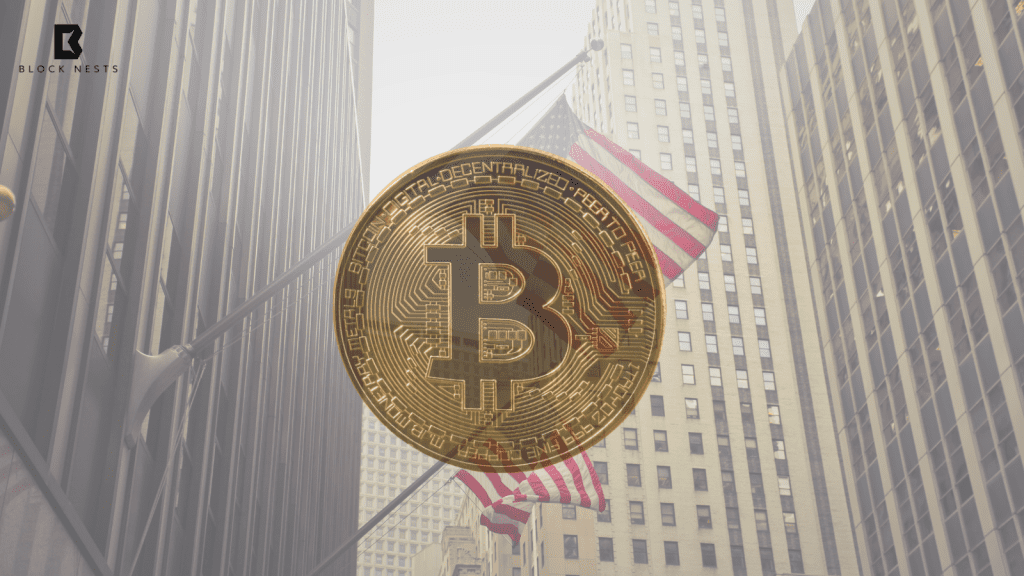- U.S. expansion of Bitcoin reserves is unlikely due to debt concerns.
- Political challenges make large-scale Bitcoin purchases difficult.
- Public companies continue Bitcoin investments despite government hesitation.
The United States holds a large amount of Bitcoin, almost 200,000 BTC. These assets mostly came from criminal cases. However, the government is not expected to buy more. Arthur Hayes, co-founder of BitMEX, believes the growing national debt blocks such moves. The country relies heavily on debt to finance spending. Buying more Bitcoin would mean printing new money.
No democratically elected leader would like to justify that, Hayes says. It can generate public backlash, given the tarnished image of BTC. BTC investors are perceived as risky or speculative in some communities. That image makes it even more difficult to associate the asset with formal policy.
Earlier in the year, Trump signed a symbolic order for a strategic Bitcoin reserve. The move made headlines but did not affect the reality of the economy. Accumulating Bitcoin reserves through outright purchases is still politically tricky.
Public Companies Increase Bitcoin Exposure
As the government dilly-dallies, the private sector acts. Numerous public firms have ramped up their BTC inventories. Strategy, Michael Saylor’s company, is driving the pace. The firm is planning to nearly double its capital raise target to $84 billion. This will be used for additional purchases of Bitcoin.
Strategy also raised its note issuance, an indication of long-term commitment. The company has aggressively expanded its reserves since October. Other public businesses are doing the same. Institutional Bitcoin holdings increased over 16% in the first quarter.
They reveal an increasing gap. Governments may not be prepared to assume extra exposure to crypto. Private businesses are, though. To them, Bitcoin is an inflation hedge as well as an expansion asset.
Arthur Hayes Predicts Bitcoin Market Cycle
Despite contradictory views, Bitcoin’s market dominance is rising. It is already near 65%, having risen from below 60% in the first half of the year. According to Arthur Hayes, it will climb back up to near 70%.
He says the move may signal an old-fashioned market cycle. There, BTC surges first, then altcoins. But not everybody is in agreement. Some analysts believe markets have changed. They consider newer indicators to be superior to tolder ones, such as dominance rates.
Nonetheless, Hayes opines that the underpinnings are still in place. Regardless of whether or not BTC gets back above 70% dominance, something is certain. The market is in motion. Governments tiptoe cautiously, but the private sector keeps moving rapidly.
Related Reading: Bitcoin Consolidation Deepens Near $95K as $3 Trillion Mark Looms
How would you rate your experience?






